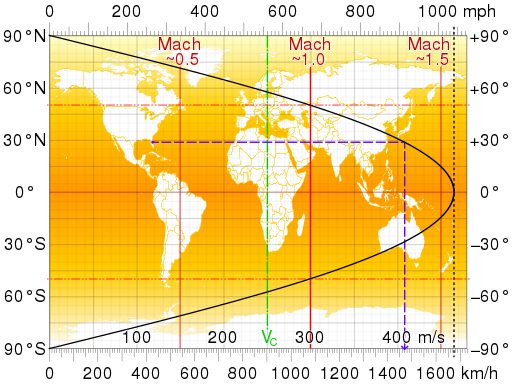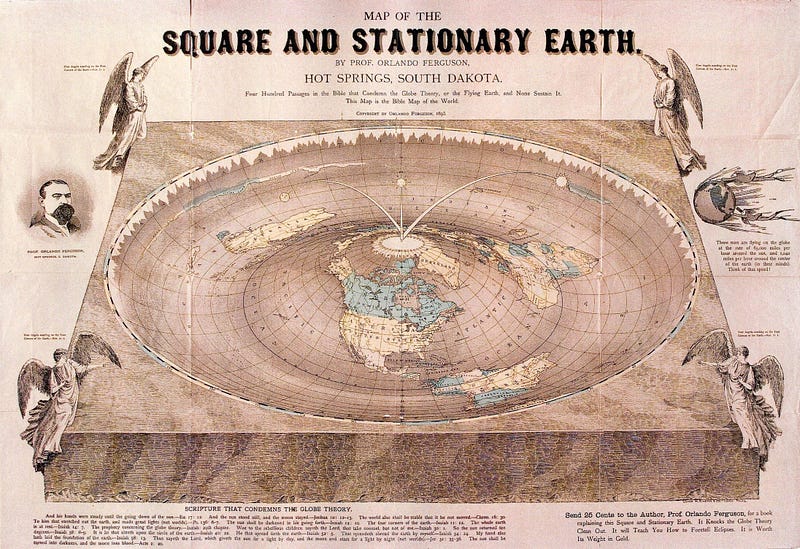The Illusions of Time Travel: Why It’s Not a Good Idea
Written on
Chapter 1: The Fascination with Time Travel
The concept of time travel has long captivated humanity’s imagination. Countless novels, films, and television series have featured characters embarking on journeys to the past or future. The allure of witnessing historical events or peering into what lies ahead is undeniably thrilling.
Time travel has been a cornerstone of science fiction since H.G. Wells introduced it in "The Time Machine." While it has become a common trope, the dramatic potential of time travel continues to fascinate both creators and audiences alike.
The scientific community remains divided on the feasibility of time travel. Some physicists assert that it could be possible, while others firmly disagree. Their debates often revolve around theories of relativity, the nature of spacetime, the immense energy required, and whether time can be considered a tangible entity beyond human perception.
Despite these intriguing discussions, there is one critical aspect that is often overlooked: time travel could be a remarkably dangerous undertaking.
Time to Consider the Real Consequences
Imagine you’ve solved the complex physics issues related to time travel. You’ve built a time machine and are excited to embark on your temporal adventures. However, before you jump into this thrilling new life, there’s a crucial detail to keep in mind. While time is often regarded as the fourth dimension, you cannot disregard the first three dimensions. Traveling through time inherently requires you to traverse space as well.

Take Earth’s rotation into consideration. At the equator, the planet spins at approximately 1,674.4 km/h. Depending on your geographical location, that speed may vary, as shown in the accompanying graphic. If you were to remain stationary, the surface of the Earth would rush past you at incredible speeds, much faster than a commercial airplane. Consequently, if you activated your time machine from Cape Canaveral while setting the dial for one hour into the future, you would find yourself hundreds of kilometers away, likely near the western coast of Mexico.
You might think that moving to one of the poles would resolve this issue, as your rotation speed would be nearly negligible. Alternatively, you could calculate your time jump precisely so that you emerge at the same point in space at a different time. However, that’s not the whole story.
The Earth orbits the Sun at a staggering velocity of 29.78 km/s, or about 107,200 km/h. If you attempted to time travel one hour into the past or future, you would land as much as 107,200 km away from your starting point—well beyond geostationary orbit. Your exploration options in this new temporal context would be severely restricted.
Moreover, timing your jump to coincide with the same second each year won’t ensure you arrive at the same spot on Earth’s path. The entire solar system is in motion, orbiting the center of the Milky Way galaxy at an estimated 500,000 km/h, making it impossible to pinpoint the same physical location in space across time.
Even if you master the art of time travel, you won’t be able to emerge in the same room you departed from. Instead, you would find yourself floating in the void of space and likely face a swift demise. Only if your departure and arrival points were stationary relative to one another would time travel be straightforward—a scenario only a tiny fraction of people believe is possible.
Only a Flat-Earther Would Want to Time Travel

The only individuals who might consider time travel a viable venture are those who disregard scientific realities, such as flat-Earthers—yes, they still exist. A quick search on YouTube for “flat Earth” will lead you to some amusing videos filled with flawed scientific experiments and outlandish conspiracy theories.
While flat-Earthers may lack the understanding to grasp the physics behind time travel, if they ever did, they too would find themselves in the cold, dark expanse of space and face the same grim fate. Only someone oblivious to basic scientific principles would entertain the notion of time travel.
Chapter 2: Additional Insights on Time Travel
The first video explores the paradoxes associated with time travel, shedding light on the complexities and challenges inherent in the concept.
The second video humorously examines the scenarios that arise when one travels back in time only to find themselves ineffectual, highlighting the absurdities of time travel.